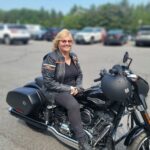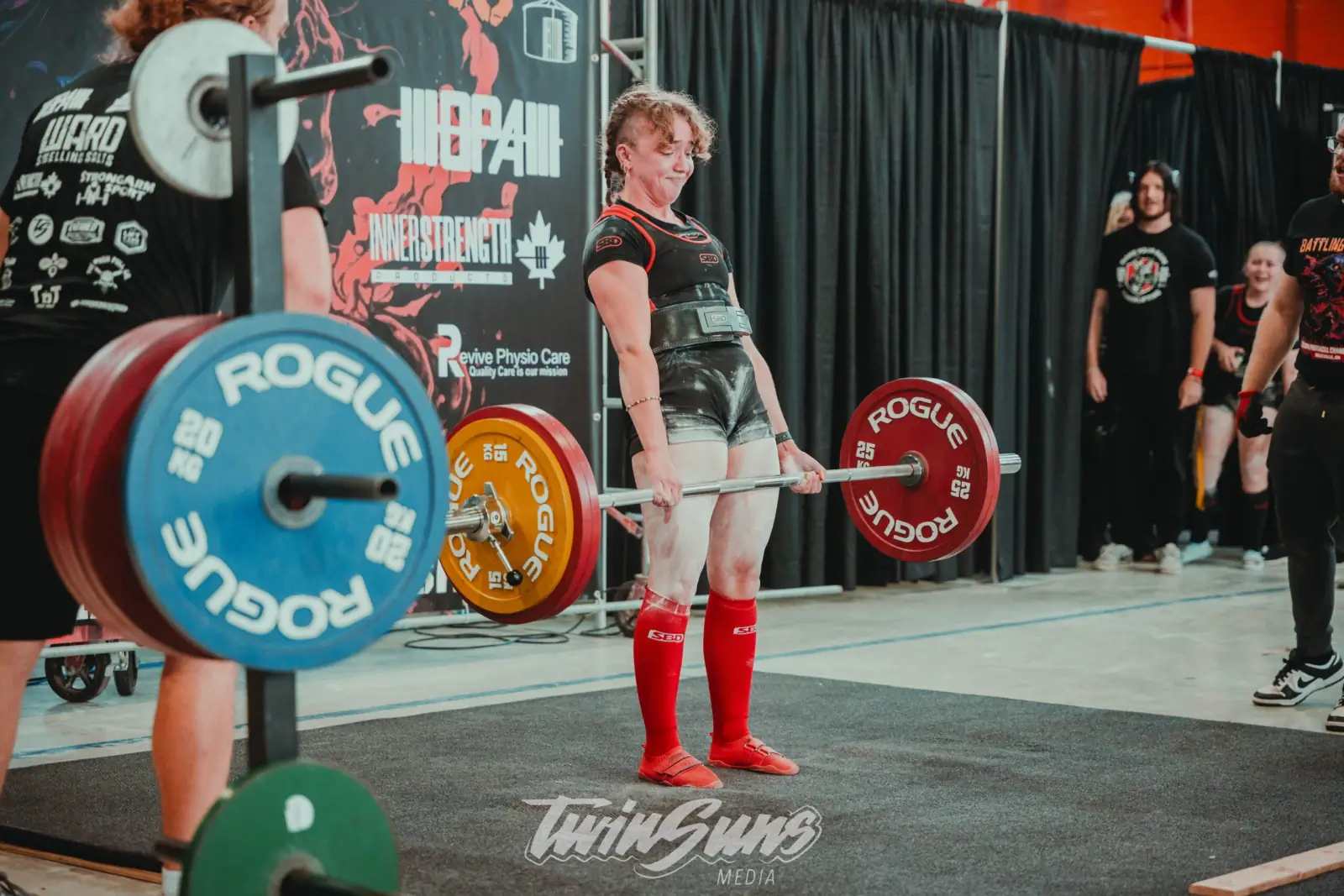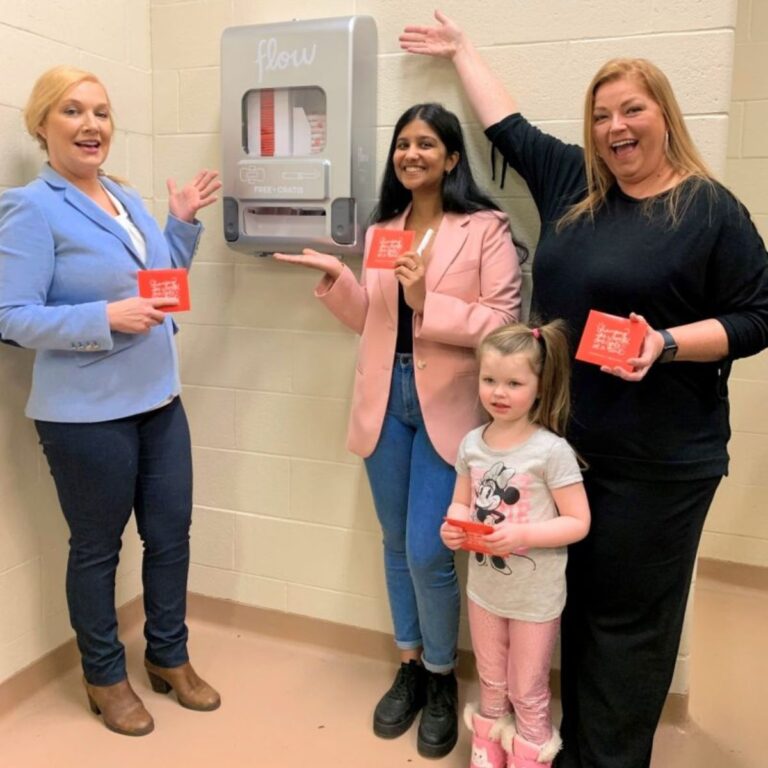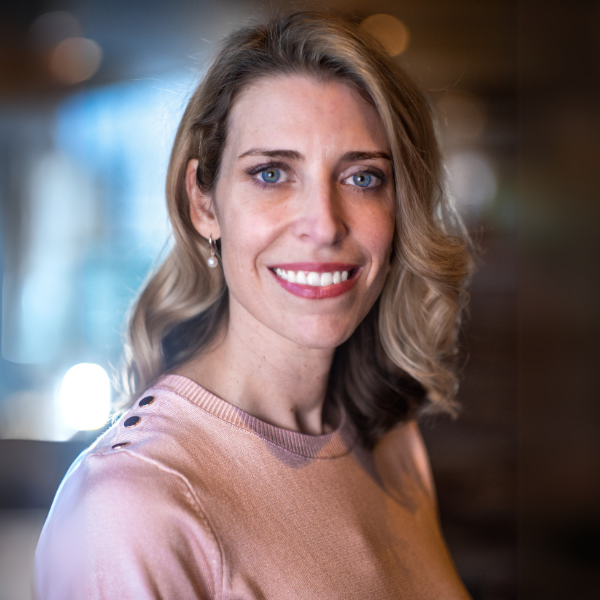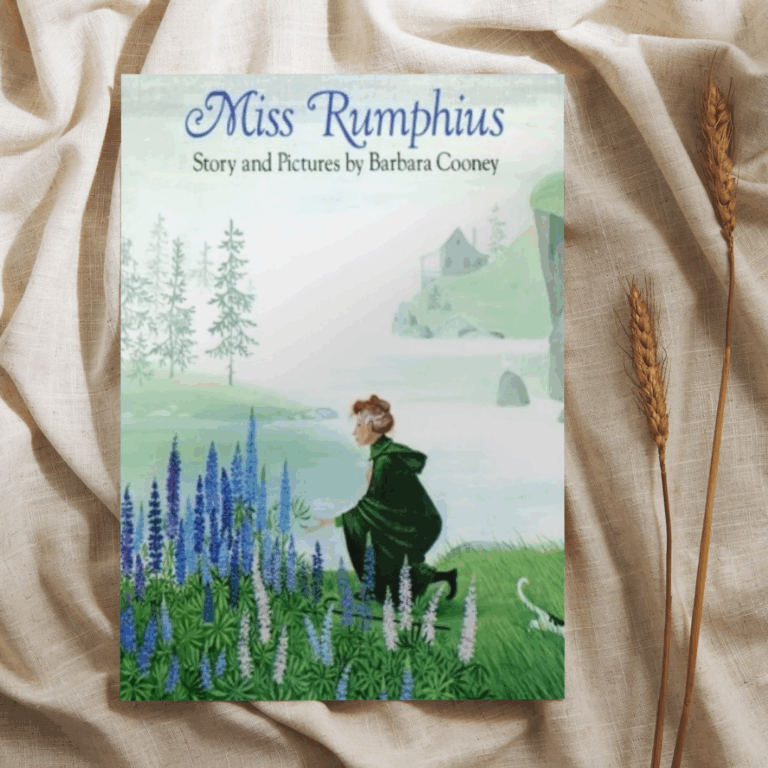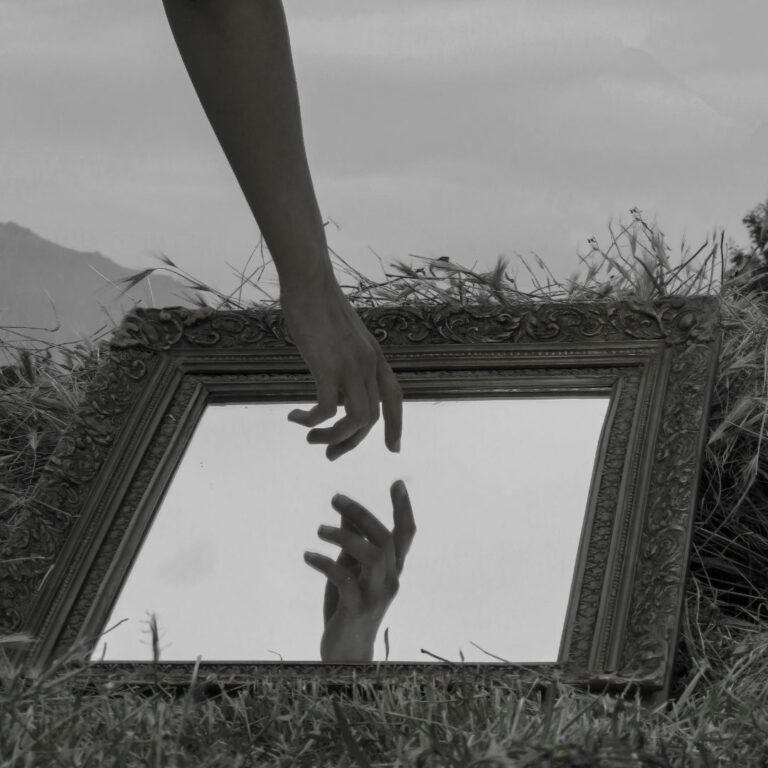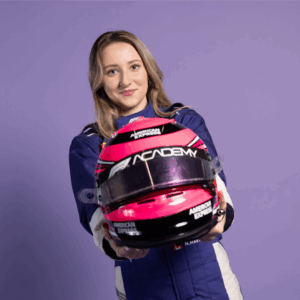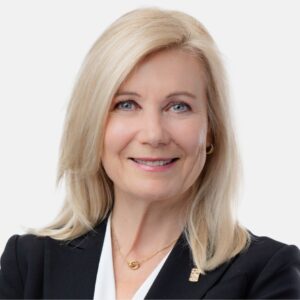After a heart crisis: I still ride on the open road and help other women find their path
Health09.09.2024
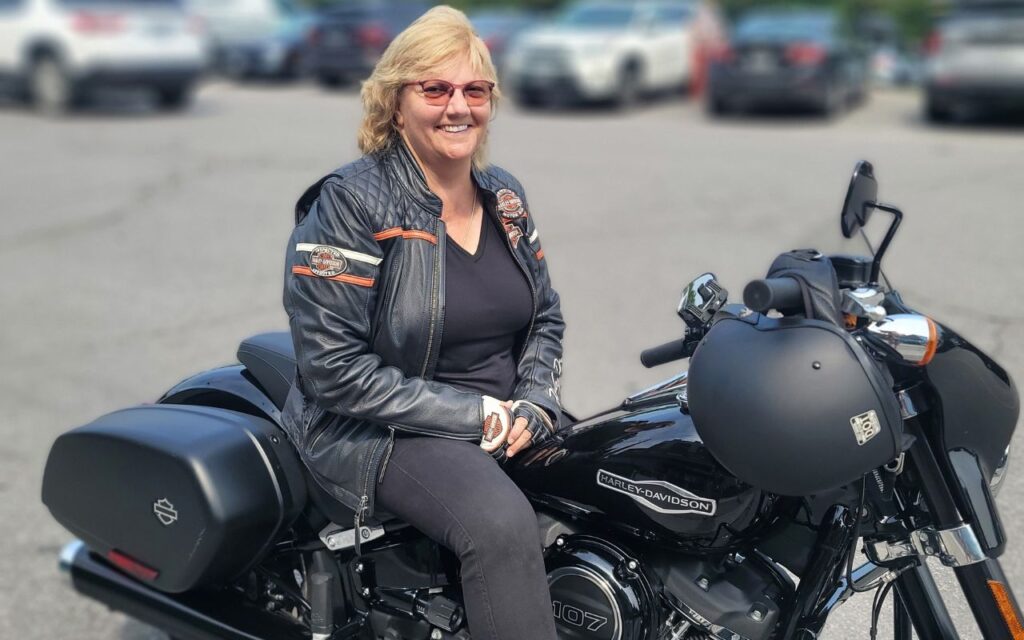
My lungs were full of blood, and I was drowning, gasping for air.
I remember the moment that the social worker asked me gently if all my papers were in order. I sensed my healthcare team was preparing me for the worst-case scenario. I was a single woman by choice and lived life on my own terms. I wanted to die that way, too.
So how did I get here?
As one of nine girls, I grew up in Buckingham on a big family farm. While my sisters dreamt of dolls and horses, I dreamt of riding a Harley on the open road. I don’t know where it came from, but from a very early age, that is all that I ever wanted.
I went to school to get a job that would help to fund my bike “habit.” I was living my best life, with a place in the country. However, there was a looming shadow on the horizon and that shadow was heart disease.
A deadly family legacy
Family genetics played a big part in my approaching heart crisis. I witnessed my loved ones succumb to heart disease one by one. My mom had Indigenous ancestry, and we now know that genetics plays a big part in cardiovascular-related diseases. Indigenous, First Nations, and Métis people are at an increased risk due to genetic, environmental, and historical reasons. I believe this fact absolutely impacted the health of my family.
For almost a decade, I had been hit by debilitating dizzy spells. I had no idea what was wrong and was short on answers. I sometimes wonder if it’s because I am a woman that my symptoms were so easily dismissed and that it took so long for me to get the care that I needed.
Then, one day, my body just shut down. Tired of seeing me suffer like this for years, my friend took the initiative to get me to the hospital. I was terrified of hospitals and had avoided them at all costs — with good reason.
Just two years before, one of my sisters had my very same symptoms and had died in hospital in her early fifties. How grateful am I that I had a very different experience?
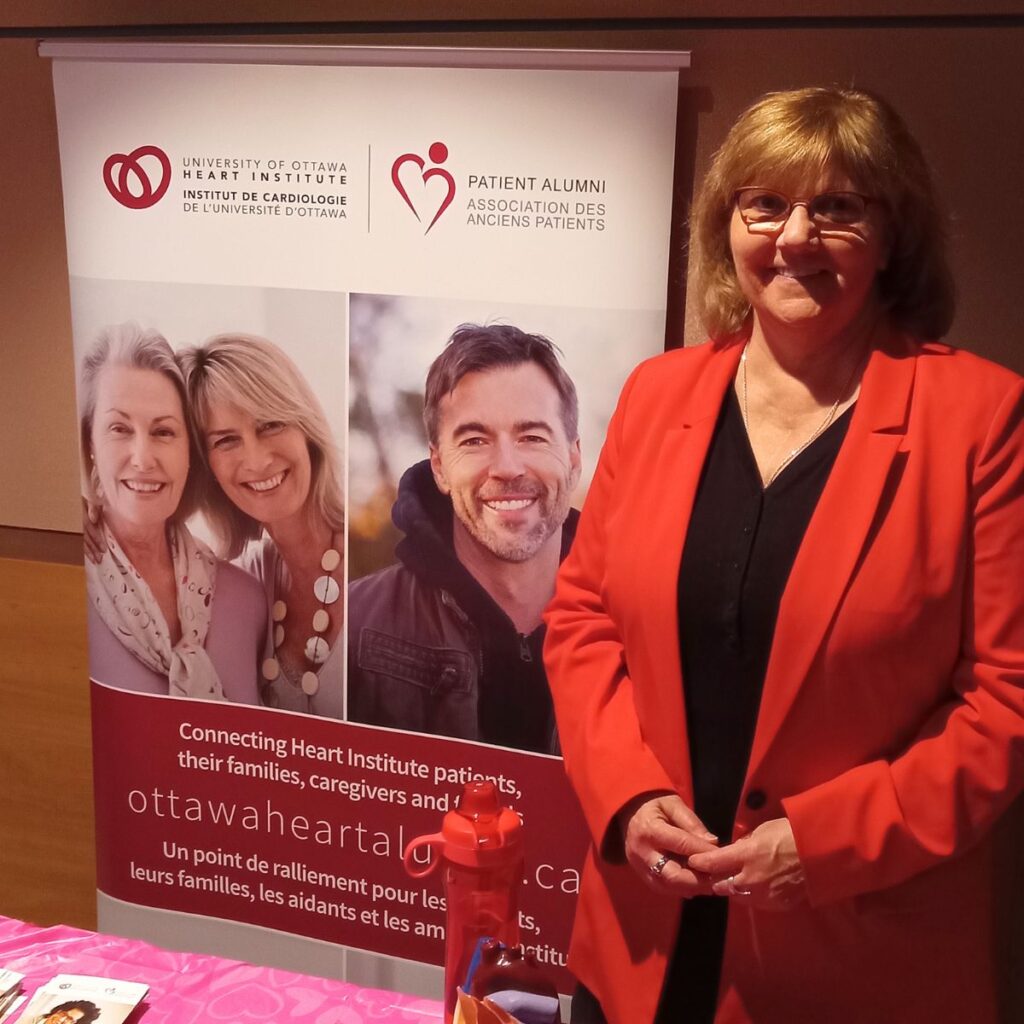
An entire team was there for me
One thing is for sure: at that moment at the Heart Institute, while I felt scared, I was also relieved. For seven years, my quality of life had diminished, and I had very few answers. Now, I was surrounded by a whole team working against time to save me.
They took over. I remember the compassionate care of the nurses especially.
They worked to drain the blood from my lungs at regular intervals while performing a series of tests. Even now, when I think of the Heart Institute, as weird as this sounds, I feel calm and safe. They did figure it out. I had a malformation of my aortic valve. My heart did not have the blood it needed to pump, and my aorta kept closing. Eventually, I underwent surgery, and I received my new mechanical valve. I also started to take medication, which helped to keep me stable and healthy.
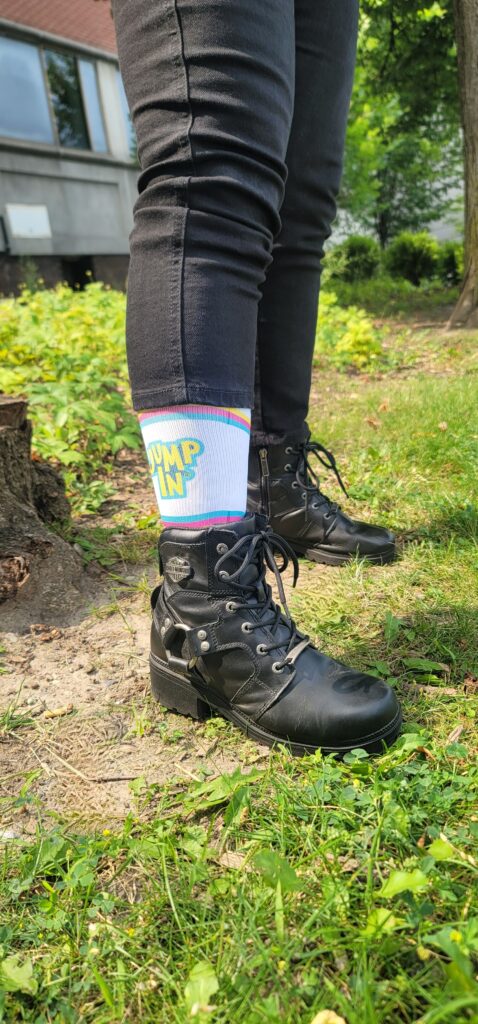
Returning to serve
I have returned to the Institute many times, mainly as a volunteer. I intuitively knew that I needed to give back to the place that had saved my life. I decided the first way I could do this was by supporting other women who have been through a heart-related event, just like me.
In 2016, a year after my heart crisis, I changed calamity into connection when I joined the Women@Heart Peer Leader program. I regularly share my personal experience and support other women as they go through the scariest and most vulnerable times in their lives.
After retiring from my position as a Change Management Manager at Canada Post in 2021, I had more time to dedicate to the Heart Institute, so I joined the Patient Alumni’s Board of Directors in 2022 to be part of a great team of people whose mission is to be the voice of patients and their families at the Institute.
This year, I will continue to volunteer. Plus, I also get to be an ambassador for JUMP IN.
JUMP IN is a nationwide physical activity challenge in support of women’s heart health. I challenge you to join me and get active for 30 minutes a day for 30 days this September. I will be reaching out to other patients, friends, and family to raise money and awareness of heart disease in women.
Today and all this month, your gift in support of women’s heart health awareness, advocacy, and research will be matched by our sponsors!
Heart disease is still the number one killer of women. I am so glad that I get to advocate for myself and other women today so we can change this terrible statistic in the near future.
Until then, I will still be jumping on my motorbike, any chance that I get, enjoying my healthier heart.

